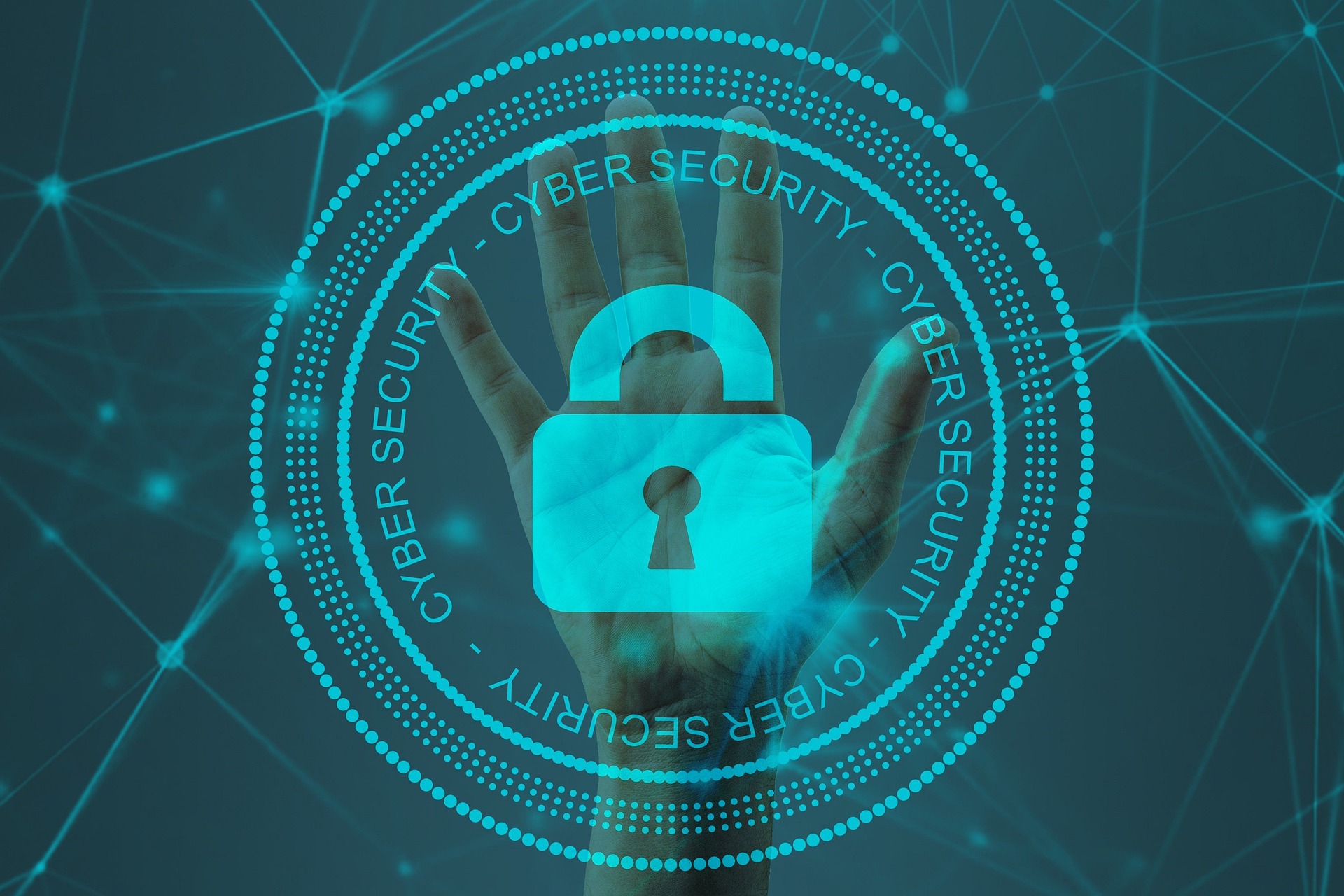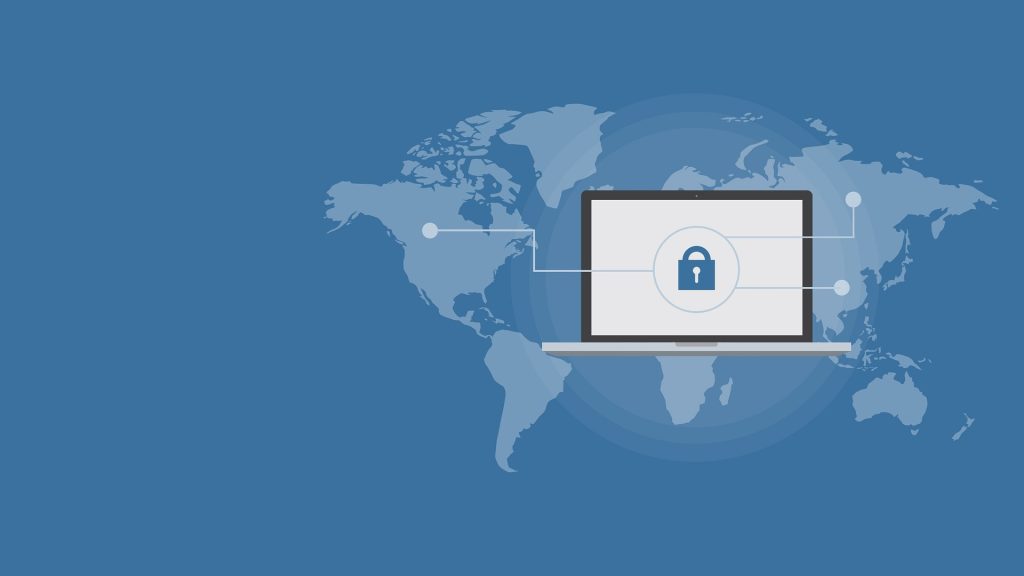The cybersecurity landscape keeps advancing with substantial changes in domain name systems, cloud, and artificial intelligence. 2025 will record revolutionary security frameworks, geopolitical pressures, and stricter data security mandates. Expect cybercriminals to upgrade their game using artificial intelligence to supercharge attacks. Globally respected industry leaders predict the coding of security standards, aligning with international financial frameworks.
Governments will introduce stricter DNS security regulations, requiring robust measures to optimize privacy and resilience. The regulations integrate critical monitoring and encryption to avoid cyberattacks. Global privacy frameworks and laws will push the adoption of stringent data protection and cybersecurity measures.
The 2025 rule will change your cybersecurity readiness in the following five ways.
1. Fewer Compliance Levels

The U.S. Department of Defense (DOD) has overseen the enactment of five compliance levels under the original CMMC 1.0 framework. The framework enforced effective accreditation, management, and certification of the CMMC ecosystem. The introduction of CMMC 2.0 in 2021 reduced compliance levels from five to three. The carefully selected levels represent the increasing cybersecurity maturity levels.
The latest CMMC news from trusted global sources reveals that contractors only have to achieve three levels. Level 1 focuses on basic cyber hygiene practices for contractors to protect Federal Contract Information (FCI). Level 2 protects Controlled Unclassified Information (CUI). It aligns with the 110 security controls mentioned in NIST SP 800-171. Level 3 focuses on contractors handling sensitive Controlled Unclassified Information (CUI) on Department of Defense (DOD) programs.
2. More Focus on NIST SP 800-171
CMMC 2.0 aligns NIST SP 800-171 with the level 2 framework and security protocols. Organizations and contractors under the Department of Defense can effortlessly adhere to and comply with the NIST framework. Contractors must keep their security requirements compliant with relevant NIST standards. The CMMC 2.0 framework integrates the security controls in NIST SP 800-171, mainly focused on protecting CUI.
The simplified alignment ensures organizations using NIST SP 800-171 can quickly meet minimal requirements because the security practices are already in place. Organizations must channel more resources and personnel to protect CUI, maximizing security within contractor systems. Companies certifying their operations under CMMC Level 2 must align with the mandatory NIST SP 800-171, 110 security controls.
3. Stricter DIBCAC Audits

Increased cybersecurity threats and more penetrative attacks have pushed the Defense Industrial Base Cybersecurity Assessment Center (DIBCAC) to optimize its auditing processes. The department will employ more personnel and channel more resources to audit contractors. They will focus on identifying loopholes in C3PAO and self-reported compliance intelligence. Contractors must understand the implications of non-compliance and the penalties thereafter.
DIBCAC conducts thorough assessments to verify compliance with the Cybersecurity Maturity Model Certification (CMMC) program protocols. The agency uses data from Certified Third-Party Assessor Organization (C3PAO) and independent editors to identify blunders. These audits can reveal the security posture of your system and compliance status. Contractors who fail DIBCAC audits can suffer substantial fines, contract termination, and other penalties. The agency entirely focuses on protecting Controlled Unclassified Information (CUI) while ensuring proper handling within the DoD ecosystem.
4. Plans of Action and Milestones (POA &Ms)
The CMMC has a documented Plan of Action and Milestones (POA&M). The framework provides guidelines to address cybersecurity weaknesses detected during CMMC assessments. It is a robust roadmap that helps contractors achieve compliance with CMMC. The plan provides details of the line of action, timelines, and responsible parties for resolving issues in cybersecurity practices. POA & MS help people identify and track methods for rectifying security weaknesses within your information system. They can demonstrate a commitment to ongoing compliance and improvement.
Plans of Action and Milestones are pertinent for organizations attempting compliance at Levels 2 and 3. They are ideal for contractors wanting to attain compliance when dealing with 1-point controls. The framework has guidelines for identifying and addressing vulnerabilities. They provide guidelines on teams or individuals accountable for implementing corrective actions. Organizations working on POA & Ms must have their CMMC certification validated by the Defense Contract Management Agency (DCMA) and C3PAO.
5. Growing Need for Third-Party and Self-Assessments

2025 will see the growing need for adopting self and third-party assessments. Contractors under all compliance levels should leverage the services of Certified Third-Party Assessment Organizations (C3PAOs). They should also implement self-assessment by senior company officials. Strategic auditing guarantees proper oversight and accountability. Contractors seeking CMMC Level 2 certification and Controlled Unclassified Information (CUI) must undergo comprehensive third-party assessments.
The Department of Defense (DoD) contracts require companies to run extensive third-party assessments to validate cybersecurity practices. Contractors must conduct these assessments at least once every three years. The assessments should be from trusted and knowledgeable C3PAOs. Only organizations with less sensitive CUI and contractors operating at lower CMMC levels require self-assessments. Even the assessments are by in-house auditing teams; ensure a senior official affirms the outcomes.
Wrapping Up
Are you a contractor seeking CMMC certification to win more DOD bids? Monitoring the changing industry landscape and leveraging advanced solutions can maintain the highest cybersecurity integrity and security. 2025 presents more opportunities for companies to achieve CMMC compliance and optimize their cybersecurity posture. CMMC 2.0 reduced compliance levels from five to 3, enabling robust cybersecurity protection.
CMMC 2.0 module provides a robust framework and security protocols to ensure contractors align their efforts with NIST SP 800-171. The Plan of Action and Milestones (POA&M) provides guidelines for addressing vulnerabilities detected during auditing. Also, the cybersecurity framework enforces auditing by skilled third-party or in-house auditors.

Peyman Khosravani is a global blockchain and digital transformation expert with a passion for marketing, futuristic ideas, analytics insights, startup businesses, and effective communications. He has extensive experience in blockchain and DeFi projects and is committed to using technology to bring justice and fairness to society and promote freedom. Peyman has worked with international organizations to improve digital transformation strategies and data-gathering strategies that help identify customer touchpoints and sources of data that tell the story of what is happening. With his expertise in blockchain, digital transformation, marketing, analytics insights, startup businesses, and effective communications, Peyman is dedicated to helping businesses succeed in the digital age. He believes that technology can be used as a tool for positive change in the world.









